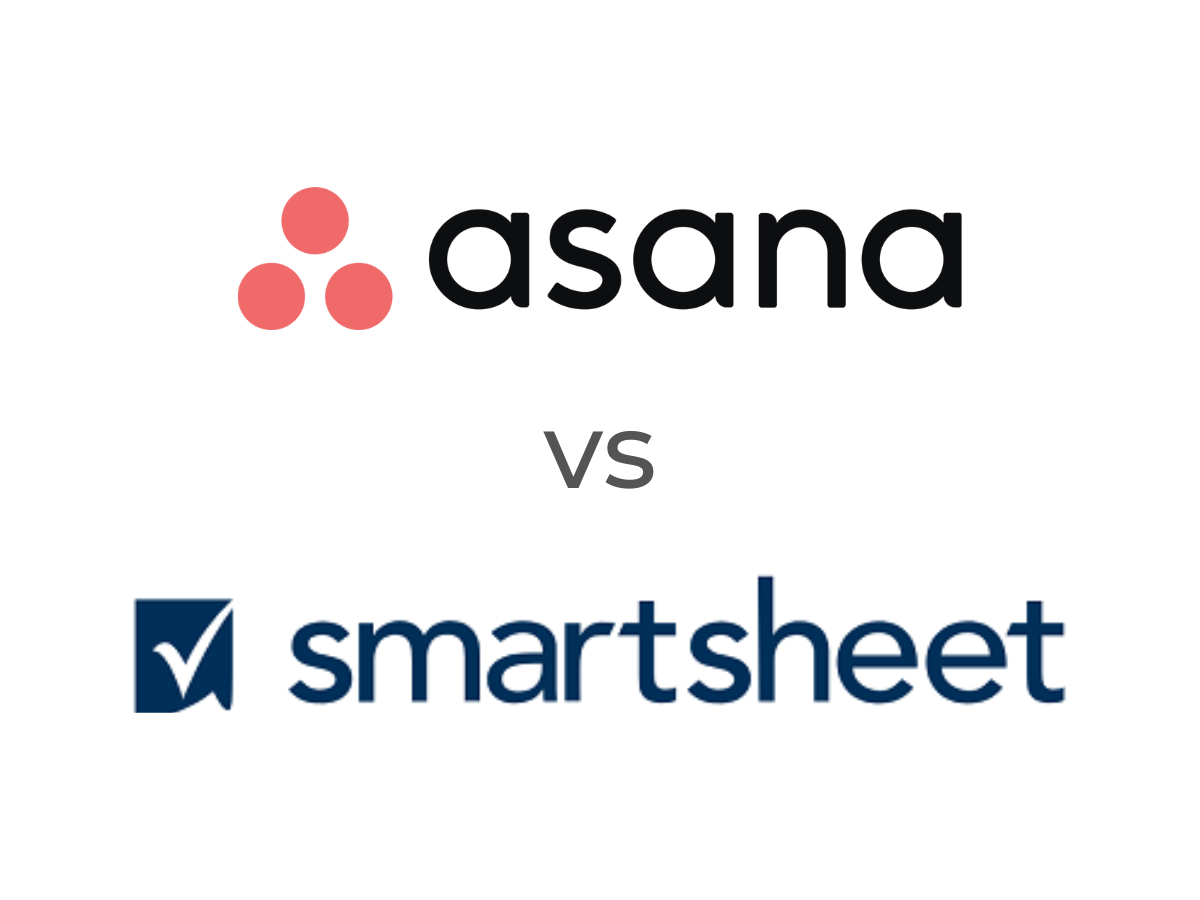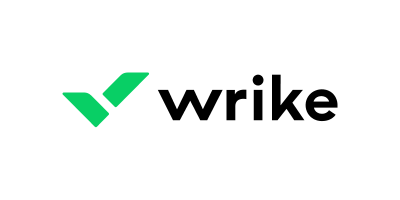Smartsheet and Asana are two well-known project management tools designed to streamline workflows and improve overall productivity. Smartsheet, well known for its Excel-like interface, helps teams manage their projects, automate their workflows and swiftly build new solutions using a no-code platform. On the other hand, Asana is a platform that provides a simple, visual way for teams to coordinate, organize and track projects to achieve their goals.
Jump to:
- Smartsheet vs. Asana: Comparison table
- Smartsheet and Asana pricing
- Feature comparison: Smartsheet vs. Asana
- Smartsheet pros and cons
- Asana pros and cons
- Methodology
- Should your organization use Smartsheet or Asana?
Smartsheet vs. Asana: Comparison table
| Feature | Smartsheet | Asana |
|---|---|---|
| Task management | Yes | Yes |
| Customizability | Yes | Yes |
| Native time tracking | Yes | Yes |
| Workflow automation | Yes | Yes |
| Collaboration tools | Yes | Yes |
| Starting price for paid tiers | Yes | Yes |
Featured partners
Smartsheet and Asana pricing
When it comes to pricing, both Smartsheet and Asana offer a range of plans to suit different needs.
Smartsheet pricing

- Free: One user and two editors.
- Pro: $7 per user per month, billed annually or $9 per user per month, billed monthly.
- Business: $25 per user per month, billed annually or $32 per user per month, billed monthly. Unlimited free editors, baselines and 1TB attachment storage.
- Enterprise: Custom quotes.
Asana pricing

- Basic: Free for up to 15 users.
- Premium: $10.99 per user per month, billed annually or $13.49 per user per month, billed monthly. Unlimited essentials, scaled security, four project views and more.
- Business: $24.99 per user per month, billed annually or $30.49 per user per month billed monthly.
- Enterprise: Custom quotes.
As both Smartsheet and Asana’s pricing is per user per month, the cost can quickly add up for larger teams. Additionally, while both platforms have a free plan, Smartsheet’s free plan only accommodates one user and two editors, in comparison to Asana, which allows up to 15 users.
If you require advanced features and have the budget for them, the higher-tier plans of both platforms could be worth the investment. However, if you’re a smaller team looking for a cost-effective solution, I suggest Asana’s free Basic plan as a starting point.
Check out our Smartsheet review and Asana review for a deeper analysis of these two products.
Feature comparison: Smartsheet vs. Asana
Smartsheet vs. Asana: Task management
Smartsheet and Asana have robust task management capabilities. However, Asana features provide more flexibility. It allows users to view tasks in different formats (list, board, calendar and timeline), making it easier to manage and visualize work. On the other hand, although Smartsheet provides pre-built task management templates (Figure A), its task management is more structured and may be more suitable for teams that prefer a spreadsheet-like format.
Figure A

Asana vs. Smartsheet: Native time tracking
Both tools provide built-in time-tracking capabilities. Smartsheet allows users to log hours directly into the platform, making it easy to track the time spent on tasks or projects. Asana’s native time tracking also enables users to estimate the actual time (Figure B) they would need to complete a task and record the time they used.
Figure B

Smartsheet vs. Asana: Workflow automation
Smartsheet and Asana offer workflow automation features for repetitive tasks, which saves time and reduces the risk of errors. However, Asana’s automation capabilities are more comprehensive. It allows users to create custom automation rules for various tasks. Smartsheet’s automation features are slightly more complex to use than Asana’s.
Customizability
Smartsheet and Asana have a high degree of customizability. Users can customize workflows, create custom fields and adjust the platform to fit their specific business needs. However, Asana seems to offer more flexibility in this area. It provides a wide range of project templates (Figure C) for various use cases, which can help teams get started quickly.
Figure C

Smartsheet pros and cons
Pros of Smartsheet
- Offers a wide range of project management tools.
- Provides a high level of customization.
- Has robust integration capabilities.
- Unique grid view for task and project management.
Cons of Smartsheet
- Can be complex to learn initially.
- Pricing can be high for smaller teams or organizations.
Asana pros and cons
Pros of Asana
- Provides an intuitive, user-friendly interface.
- Offers a wide range of features.
- Well-designed mobile app.
- Has a free plan for smaller teams or organizations.
Cons of Asana
- Can be overwhelming initially due to the number of features and options.
- Some users report that they would like to see more integrations, particularly with Microsoft tools.
Methodology
We tested both Smartsheet and Asana alongside gathering insights from user reviews and official product information from product pages to augment our comparison.
Should your organization use Smartsheet or Asana?
The choice between Smartsheet and Asana depends on your organization’s specific needs and project nature. Smartsheet is a robust enterprise platform that offers a tabular interface for project and work management. It is a great choice for companies where teams rely heavily on Excel or Google Sheets for project management. It’s a no-code platform created for technical and non-technical teams.
On the other hand, Asana is ideal for individuals, start-ups, small businesses and remote teams. It offers a user-friendly interface, numerous project templates and lots of project views. While Smartsheet offers similar features to Asana, Asana’s user interface is more intuitive, and its project management features are more robust. Asana’s collaboration capabilities also edge Smartsheet’s.
Ultimately, the choice between the two will depend on your team’s specific needs and preferences.
Featured project management software
1 Wrike
Tackle complex projects with Wrike’s award-winning project management software. Break projects into simple steps, assign tasks to team members, and visualize progress with Gantt charts, Kanban boards, and calendars. Manage resource allocation and forecasting with software that’s easy to launch. Automation and AI features strip away time-consuming admin tasks so you can do the best work of your life. Streamline your practices, align your team, and ensure you hit deadlines and stay on budget.











